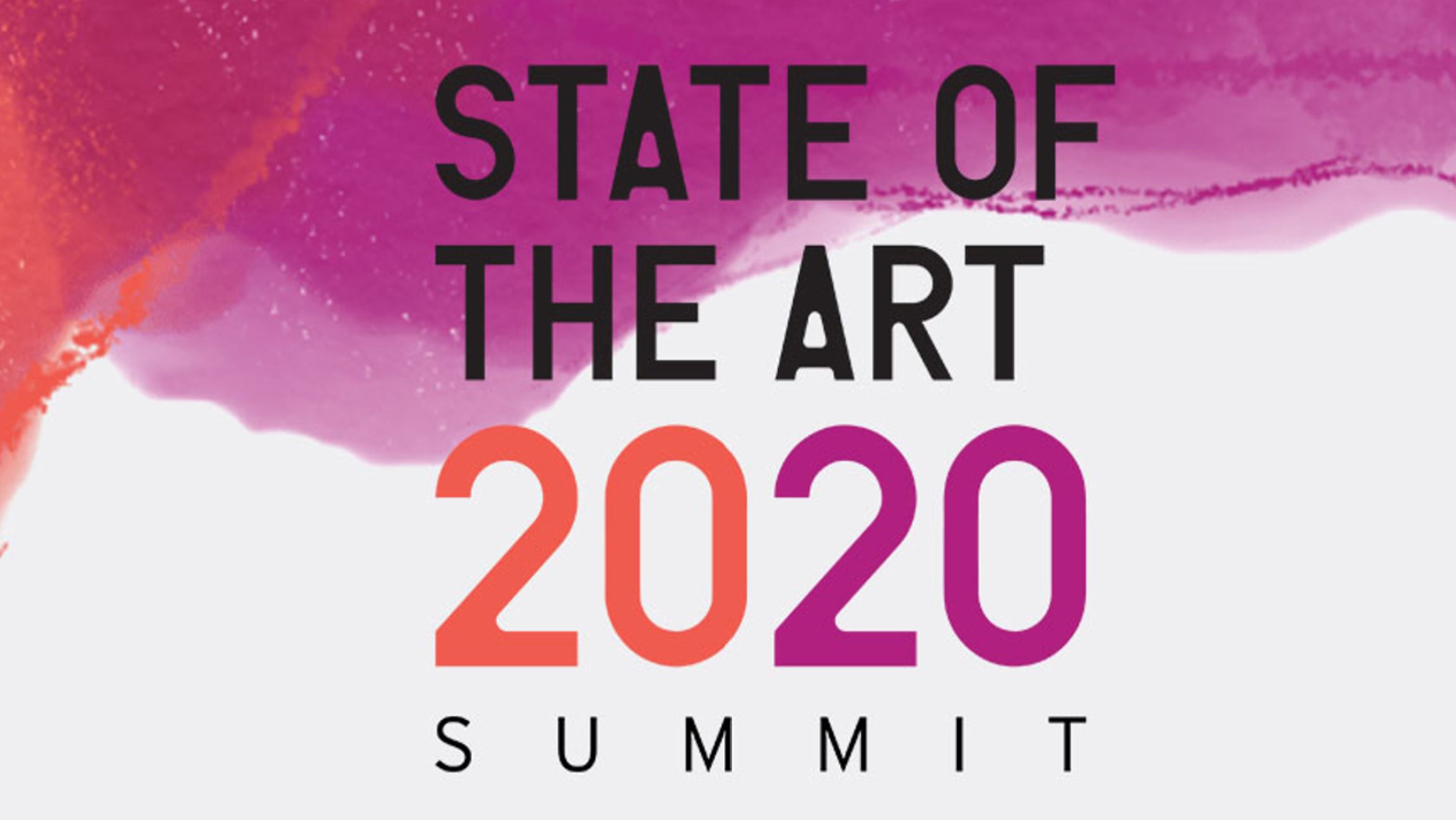What are museums in America doing to expand community networks? How can the power of public art be unleashed? Where’s the place for activism in cultural institutions? These were among the burning questions addressed at the inaugural State of the Art summit in 2014. In the wake of a global pandemic, an economic recession, and nationwide protests striving for social equity, they remain as pertinent as they did six years ago.
The thematics might have echoed those of the past, but the fully digital format reflected the new realities of 2020. Organized by Crystal Bridges Museum of American Art and the Momentary, sister museums in downtown Bentonville, Arkansas, this year’s State of the Art summit staged expert panels and invited artists to reflect upon this moment in U.S. cultural history.
Here, JT offers some of the responses of panelists to some of this year’s key questions.
How can museums enhance their community connections?
With COVID-19 severely reducing tourism, the local audience has become the main audience. This should be reflected in the work institutions choose to exhibit. For decades, internationally-sourced exhibitions have been prioritized over presenting local artists. Now is the moment to shift focus, suggested Eric Garcetti, Mayor of the City of Los Angeles citing Pacific Standard Time: LA/LA, a citywide event in which 84 museums and galleries showcased work by local artists and arts organizations. Beyond generating $500 million in economic activity, Pacific Standard Time broke down art world hierarchies with local grassroots art groups existing side-by-side with major city museums.
Mickey Northcutt echoed the need for prominent museums to partner with community arts organizations, his North Shore Community Development has empowered artists in Salem, Massachusetts, to work with communities on large-scale murals — 75 in a three block radius. “We have partnered with Peabody Essex,” said Northcutt, “bringing art into communities that traditionally haven’t seen museums as welcoming places and making sure they are not one off things.”

Created by North Shore CDC, the Punto Urban Art Museum is a mission-driven social justice art program with the goal of breaking down invisible socio-economic barriers. Image: North Shore CDC
How should museums confront histories of inequities and injustice?
The Momentary is currently staging “Until”, a vast, immersive, exhibition by Nick Cave that both dazzles the audience and forces a contemplation on issues of racial justice. The Chicago-based artist sat on the panel “Changing the Narrative” which highlighted the importance of these types of environments in museums. “Challenge viewers, that is the great potential [of museums]” said Chon Noriega, Director of Chicano Studies at UCLA “curation needs to create spaces that invite people to talk”.
The key? When it comes to reflecting on the past, accept that there is no one history, but many narratives — bring more in, says Noriega. When it comes to the future, Naomi Beckwith, curator at the Museum of Contemporary Art Chicago, believes in a more deliberative engagement, “move towards a more activist stance, try to affect history, and imagine that which does not exist.
What educational responsibilities do museums have in a post-George Floyd world?
“It is time for institutions to let go of the keys,” said Damon Locks, a Chicago-based visual artist and educator on a panel centered on new modes of art education, “they hold art, they need to be having conversations back and forth with communities”. Although the process will be a challenging one, Locks emphasized the need for institutions to admit outside voices to sculpt the arts education offered by cultural institutions.
As noted by many panelists, providing early access to arts education is crucial. For New Orleans-based photographer and writer Kasimu Harris, programming must come as an output of an institution grounded in its community, “have a board that reflects the community, curators that come from an inclusive background, security guards and docents that are welcoming.”



